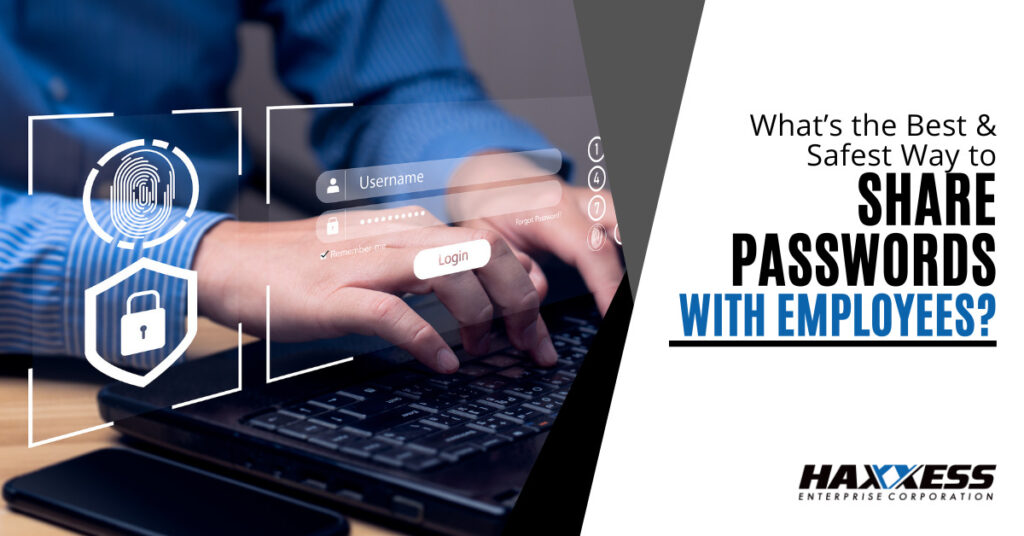
In the digital age, password management has become a crucial aspect of ensuring the security of sensitive information. Organizations need to strike a balance between providing access to employees while safeguarding against data breaches.
One common dilemma many businesses face is how to safely share passwords with their employees. In this article, we will explore various methods and tools available for securely sharing passwords, ensuring that your sensitive data remains protected.
Before diving into the methods of securely sharing passwords with employees, it’s vital to understand why this is so crucial. Passwords are the primary line of defense against unauthorized access to confidential information. When passwords are shared improperly or left vulnerable, it can lead to disastrous consequences, including data breaches, identity theft, and financial losses.
To ensure the safe sharing of passwords with employees, organizations should adopt best practices that minimize the risks associated with password management. Here are some key guidelines:
One of the most effective ways to share passwords securely is by using a password manager. Password managers offer a secure, encrypted environment where you can store and share passwords with employees. They also often include features like role-based access control, password rotation, and audit logs.
Require employees to use two-factor authentication (2FA) when accessing shared passwords. 2FA adds an additional layer of security by necessitating something the user knows (the password) and something they have (e.g., a mobile app or hardware token).
Passwords should be updated regularly, especially when shared with employees. A password management policy should include procedures for changing passwords and ensuring that outdated passwords are no longer accessible.
Provide training to employees on best practices for password security. Educated employees are less likely to make mistakes that could compromise password integrity.
Only provide access to passwords to employees who absolutely need it to perform their job. This principle follows the concept of least privilege, reducing the risk of unauthorized access.
Implement a system for monitoring and auditing password usage. This helps track who accessed which password and when, allowing for quick action in case of suspicious activity.
Now that we’ve covered the best practices, let’s delve into the secure methods and tools for sharing passwords with employees:
The landscape of cybersecurity is continually evolving. As the importance of secure password sharing becomes more evident, we can expect to see the development of even more advanced tools and methods. In the near future, biometric authentication and blockchain-based password sharing could become mainstream, enhancing security further.
Ensuring the secure sharing of passwords with employees is a critical aspect of cybersecurity. Following best practices and utilizing password management tools and secure methods can significantly reduce the risks associated with password sharing.
Remember that education and vigilance play vital roles in maintaining the security of your organization’s data. By adopting these practices and staying informed about the latest developments in password security, you can protect your company from potential threats.
For more information on password security and cybersecurity solutions, please feel free to contact us at Haxxess. We are here to help you keep your data safe and your business secure.